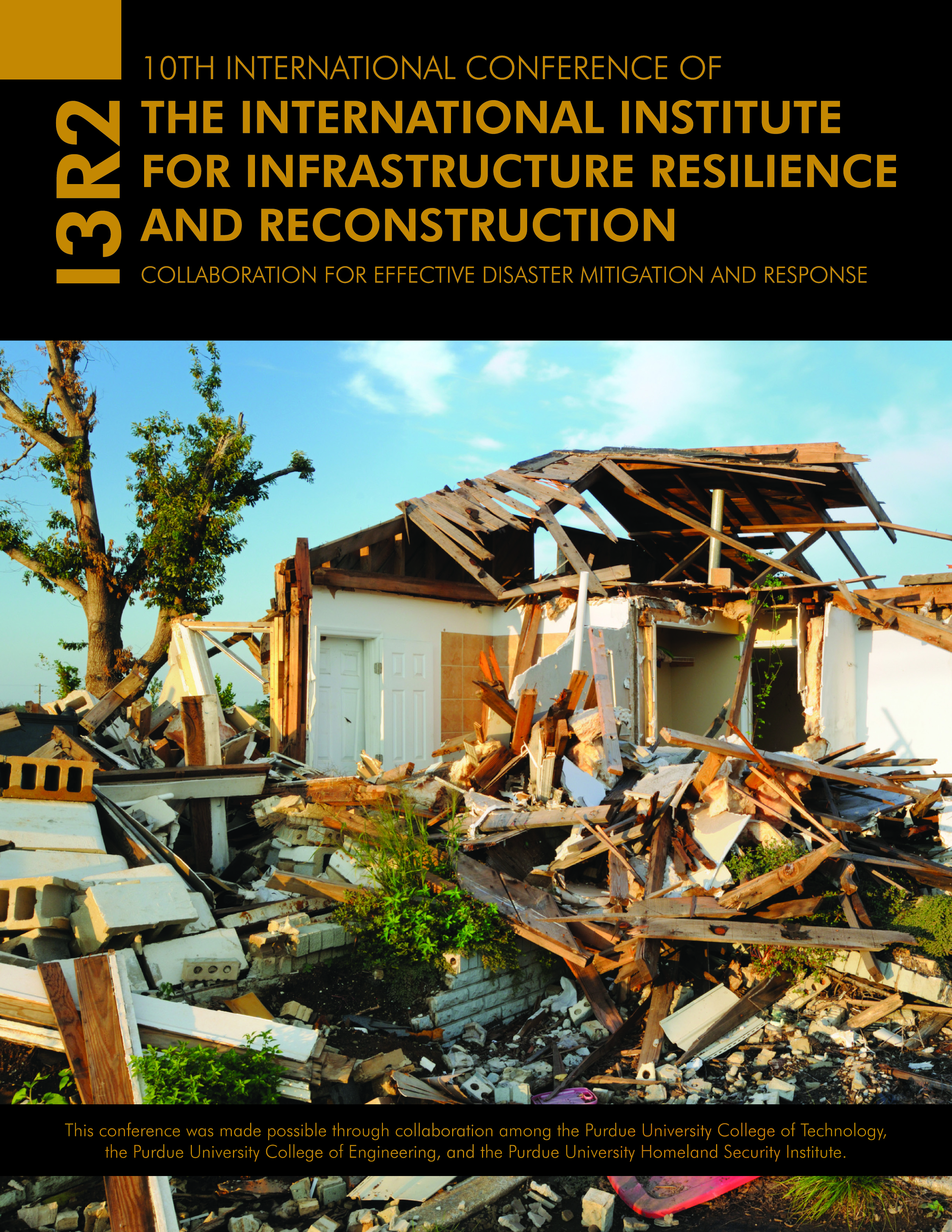Abstract
The construction of nuclear power plants is a major step towards reducing greenhouse gas emissions compared to the conventional coal-fired or oil-fired power plants. However, some of the major nuclear accidents in the past have raised questions about the safety and reliability of nuclear power plants. This paper compares and contrasts the major nuclear accidents of the past for example, the Chernobyl disaster (USSR), the Fukushima Daiichi disaster (Japan), and the Three Mile Island incident (USA). Although each of the accidents was unique, a thorough comparison found some common issues, such as faulty design of reactors and safety systems, safety rules violations, and lack of trained operators. The primary impacts mostly involved radiation hazards such as exposure to varying doses of radiation, uninhabitable neighborhoods and health problems; the levels of impact varied mostly due to different intensities of warnings and precautionary measures taken by the local governments. The research findings would serve as an important resource for the nuclear professionals to plan proper precautionary measures in order to avoid the major issues that initiated or resulted from the accidents in the past.
Keywords
nuclear power plant disasters, case study, safety and training, comparative analysis, lessons learned
DOI
10.5703/1288284315360
Recommended Citation
Mukhopadhyay, S., Hastak, M., & Halligan, J. (2014). Compare and Contrast Major Nuclear Power Plant Disasters: Lessons Learned from the Past. In Randy R. Rapp & William Harland (Eds.), The Proceedings of the 10th International Conference of the International Institute for Infrastructure Resilience and Reconstruction (I3R2) 20-22 May 2014. (163-169). West Lafayette, Indiana: Purdue University.
Included in
Compare and Contrast Major Nuclear Power Plant Disasters: Lessons Learned from the Past
The construction of nuclear power plants is a major step towards reducing greenhouse gas emissions compared to the conventional coal-fired or oil-fired power plants. However, some of the major nuclear accidents in the past have raised questions about the safety and reliability of nuclear power plants. This paper compares and contrasts the major nuclear accidents of the past for example, the Chernobyl disaster (USSR), the Fukushima Daiichi disaster (Japan), and the Three Mile Island incident (USA). Although each of the accidents was unique, a thorough comparison found some common issues, such as faulty design of reactors and safety systems, safety rules violations, and lack of trained operators. The primary impacts mostly involved radiation hazards such as exposure to varying doses of radiation, uninhabitable neighborhoods and health problems; the levels of impact varied mostly due to different intensities of warnings and precautionary measures taken by the local governments. The research findings would serve as an important resource for the nuclear professionals to plan proper precautionary measures in order to avoid the major issues that initiated or resulted from the accidents in the past.



